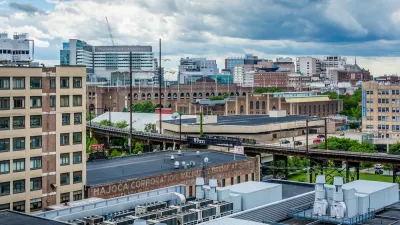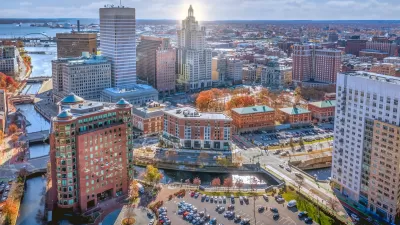Plans to redevelop Asia's largest slum will displace over 1 million people, many of whom earn their livelihood recycling Mumbai's trash.
"People from around the country come to the city to fulfil their dreams, but many of them end up in slums; it is estimated that more than half of the city's population live in squalor.
At the heart of the city - surrounded by posh, luxurious skyscrapers - is Asia's largest slum, Dharavi. It spreads over 525 acres (212 hectares) and is home to more than a million people.
Dharavi may seem like any other: full of dirt, filth and sewage, but what maybe an eyesore for most of the city's residents is also a recycling marvel.
"The majority of the place is plastic recycling industry," says Naushad Khan, chairman of Dharavi Businessmen's Welfare Association.
"We also recycle paper and cardboard. If we make a brand new cardboard box the cost is about two dollars but if we reprocess the old one the cost is half."
It's an industry that employs almost 200,000 people.
Walking through Dharavi, home to an estimated 15,000 single room factories, it is difficult to find anything that is not recycled here."
"The residents warn that if the area is redeveloped it will bring problems for not just them but every single resident of Mumbai.
"We bring the entire city's dirt and create a livelihood from it," says one resident."
FULL STORY: Recycling slum faces redevelopment

Americans May Be Stuck — But Why?
Americans are moving a lot less than they once did, and that is a problem. While Yoni Applebaum, in his highly-publicized article Stuck, gets the reasons badly wrong, it's still important to ask: why are we moving so much less than before?

Study: Maui’s Plan to Convert Vacation Rentals to Long-Term Housing Could Cause Nearly $1 Billion Economic Loss
The plan would reduce visitor accommodation by 25,% resulting in 1,900 jobs lost.

Placekeeping: Setting a New Precedent for City Planners
How a preservation-based approach to redevelopment and urban design can prevent displacement and honor legacy communities.

San Diego Swaps Parking Lane for Kid-Friendly Mini Park
The block-long greenway will feature interactive play equipment and landscaping.

Tracking the Invisible: Methane Leaks From LA’s Neighborhood Oil Sites
Environmental advocates are using infrared technology to monitor and document methane leaks from neighborhood oil sites, filling regulatory gaps and pushing for stronger protections to safeguard community health and the climate.

Montana Bill Promotes Parking Reform
A bill before the Montana state senate would bar cities from requiring more than one parking spot per new housing unit.
Urban Design for Planners 1: Software Tools
This six-course series explores essential urban design concepts using open source software and equips planners with the tools they need to participate fully in the urban design process.
Planning for Universal Design
Learn the tools for implementing Universal Design in planning regulations.
Caltrans
Heyer Gruel & Associates PA
Institute for Housing and Urban Development Studies (IHS)
City of Grandview
Harvard GSD Executive Education
Salt Lake City
NYU Wagner Graduate School of Public Service
City of Cambridge, Maryland





























